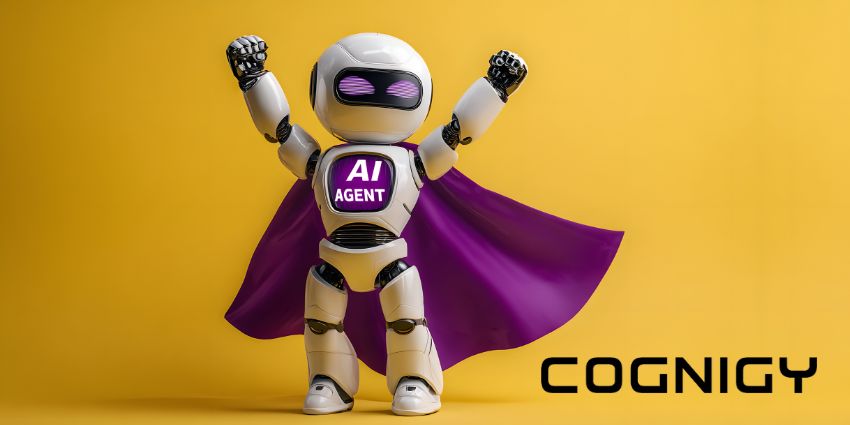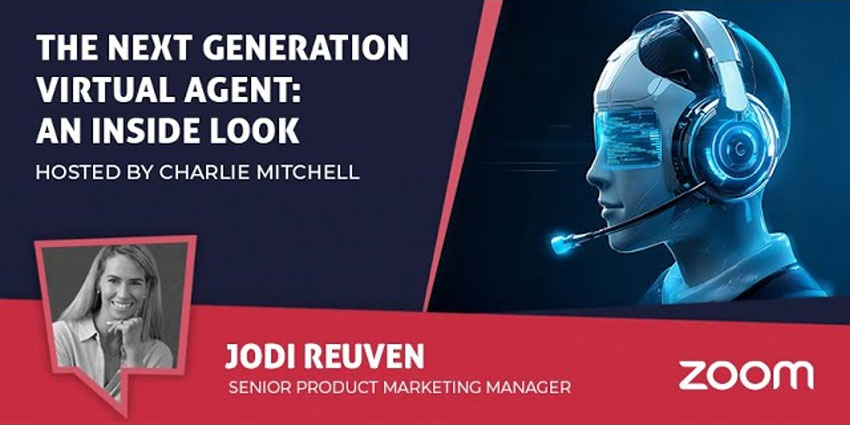Average handling time (AHT) is among the most important performance KPIs measured in a contact centre environment. It tells you how much time agents are spending on each interaction, factoring in pre-call prep, hold time, the actual call duration, and post-call activity – essentially reflecting an agent’s productivity in the contact centre. An optimal AHT will prioritise customer engagement per call, even as it lets you accommodate a good number of calls per day, and thereby increase service levels.
Now, could speech analytics (a technology that converts unstructured audio calls into structured data and meaningful insights), improve AHT? Research suggests YES.
Among the top business efficiencies unlocked by speech analytics, agent productivity is #2, right after customer satisfaction. 40% of contact centres said that they were able to boost productivity by anticipating the purpose of each call, enabling agents to handle more interactions within a similar period of time. Just 2% said they found no clear benefits from speech analytics.
Understanding AHT and Why it is Linked to Speech Technology
Average handling time or AHT can be defined as the average length of end-to-end customer interaction, including pre-call preparation time, the interaction itself, and post-call activity like call summarisation or data entry. Needless to say, AHT occupies the lion’s share of an agent’s workday (apart from idle time, meetings, and training). By reducing your AHT, you can equip agents to address more calls, thereby increasing your service levels.
In 2020, the cross-industry average talk time as reported by Talkdesk was 228 seconds, excluding pre and post-call activities. Total average handling time was pegged at somewhere between 4.45 minutes and 8.7 minutes, depending on the nature of your offerings. Therefore, when looking to improve AHT using speech analytics, it is helpful to keep these benchmarks in mind.
Speech analytics necessarily influences the efforts needed to handle a call, leading to a reduction in the time spent by agents on one interaction. Before the call, it can analyse customer responses through IVR and suggest the right agent to handle the call most effectively, based on customer mood and knowledge requirements. During the call, it can surface helpful insights for staying compliant, and can automation escalate where necessary. In the post-call stage, speech analytics automates time-consuming tasks like extracting a summary out of the transcription and re-populating CRM fields with new data.
All of this leads to a shorter AHT duration than previously observed.
Best Practices for Leveraging Speech Analytics for Better AHT
- Aim for a better (not necessarily reduced) AHT. You might want to dramatically cut down on post-call activities, and devote more time to the actual interaction
- Train agents on speech analytics technology. This ensures they can interpret the data and act on the insights, giving you substantial ROI on the investment
- Assess agents with the highest and lowest AHT – how are they approaching the conversation? Are they adhering to the script? Use your findings to restructure processes and train agents







